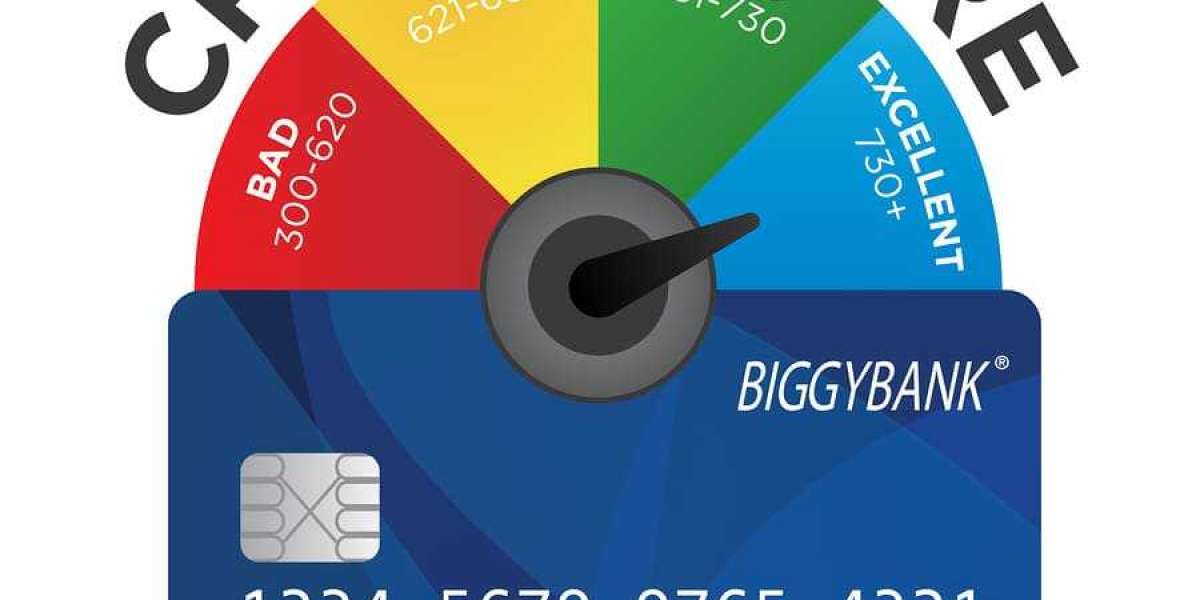Step 1: Obtain and Review Your Credit Reports
1.1 Get Your Credit Reports
Start by obtaining your credit reports from the three major credit bureaus: Experian, Equifax, and TransUnion. You can get a free copy of your report from each bureau once a year through AnnualCreditReport.com.
1.2 Check for Errors
Carefully review each report for inaccuracies or discrepancies, such as:
- Incorrect Personal Information: Wrong name, address, or Social Security number.
- Erroneous Accounts: Accounts that don’t belong to you or incorrect account details.
- Late Payments: Mistakes related to missed or late payments.
1.3 Dispute Errors
If you find inaccuracies, file a dispute with the relevant credit bureau. Most credit bureaus offer online dispute processes:
- Submit Dispute: Provide details about the error and any supporting documents.
- Track Progress: Monitor the status of your dispute and ensure that corrections are made.
Step 2: Address Outstanding Debts
2.1 Create a Debt Repayment Plan
Develop a plan to address outstanding debts. Consider using the following strategies:
- Debt Snowball Method: Focus on paying off the smallest debts first while making minimum payments on larger debts. This approach can build momentum.
- Debt Avalanche Method: Prioritize paying off debts with the highest interest rates first to save on interest.
2.2 Negotiate with Creditors
Contact your creditors to negotiate better terms or payment plans:
- Request Lower Interest Rates: Ask for a reduction in your credit card interest rates.
- Settle Debts: Negotiate settlements with creditors or collection agencies, potentially reducing the total amount owed.
2.3 Consider Consolidation
Explore debt consolidation options to simplify your payments:
- Balance Transfer Credit Cards: Transfer high-interest credit card balances to a card with a lower interest rate.
- Personal Loans: Obtain a loan to pay off multiple debts, ideally at a lower interest rate.
Step 3: Improve Your Credit Utilization
3.1 Reduce Credit Card Balances
Aim to keep your credit card balances low relative to your credit limits:
- Pay Down Balances: Make extra payments to reduce high credit card balances.
- Avoid Maxing Out Cards: Keep your credit utilization ratio below 30% of your total credit limit.
3.2 Increase Your Credit Limits
Consider requesting higher credit limits to improve your credit utilization ratio:
- Request Limit Increases: Contact your credit card issuer to ask for higher limits, but only if you can manage the increased credit responsibly.
- Avoid New Accounts: Opening new accounts for higher limits can impact your credit score negatively in the short term.
Step 4: Build Positive Credit History
4.1 Make Timely Payments
Consistent, on-time payments are crucial for improving your credit score:
- Set Up Automatic Payments: Use auto-pay for credit card and loan payments to avoid late fees.
- Create Payment Reminders: Set reminders for payment due dates.
4.2 Diversify Your Credit Types
A mix of credit types can positively affect your credit score:
- Use Different Credit Types: Consider having a mix of revolving credit (credit cards) and installment loans (personal loans, auto loans).
4.3 Keep Old Accounts Open
Maintain older credit accounts to benefit from a longer credit history:
- Avoid Closing Old Accounts: Keep old credit cards open to contribute to the length of your credit history.
Step 5: Monitor and Manage Your Credit
5.1 Regularly Check Your Credit Reports
Stay informed about your credit status by regularly checking your credit reports:
- Use Free Tools: Services like Credit Karma and Credit Sesame offer free credit monitoring and insights.
- Look for Changes: Monitor your reports for any changes or new entries that need attention.
5.2 Review Credit Card Statements
Regularly review your credit card statements to identify any errors or unauthorized charges:
- Check for Fraud: Report any suspicious activity to your credit card issuer immediately.
5.3 Stay Educated
Keep learning about credit management and financial health:
- Read Financial Blogs: Follow blogs and resources that provide advice on credit management and personal finance.
- Attend Workshops: Participate in workshops or webinars on credit improvement and financial planning.
Common Pitfalls to Avoid
1. Relying on Quick Fixes
Beware of companies or services that promise quick fixes or guaranteed results. Improving your credit takes time and consistent effort.
2. Ignoring Small Debts
Even small debts can impact your credit score. Address all outstanding debts to improve your overall credit profile.
3. Accumulating New Debt
Avoid taking on new debt while you’re working to fix your credit. Focus on managing and reducing existing debt.
Conclusion
Fix The Credit involves a strategic approach to addressing inaccuracies, managing debt, and building positive credit habits. By reviewing your credit reports, disputing errors, negotiating with creditors, and maintaining responsible credit use, you can improve your credit score and overall financial health. Regular monitoring and ongoing education will help you stay on track and achieve long-term financial stability.




